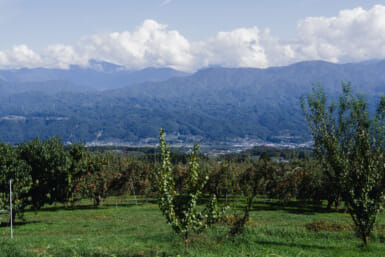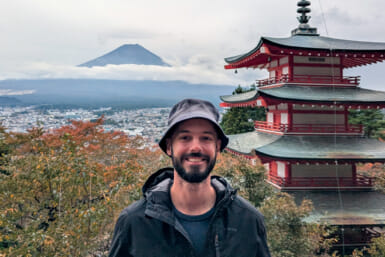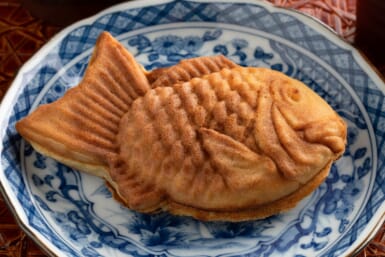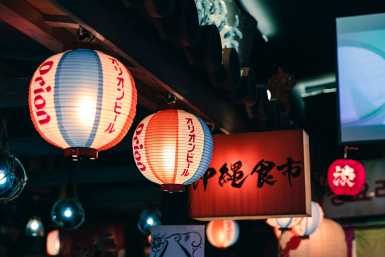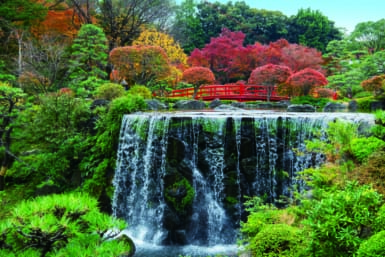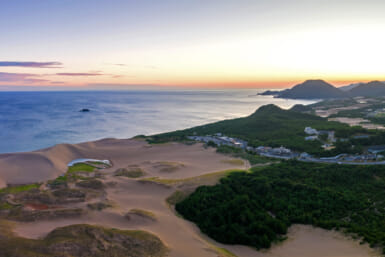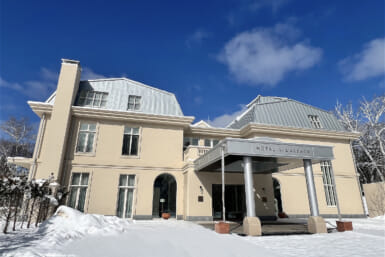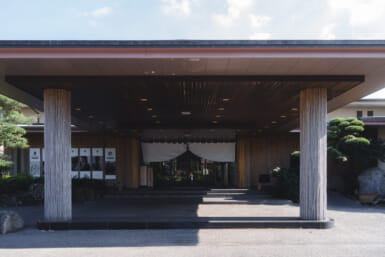Tochigi Prefecture and I have unfinished business.
A while back, I found myself staying the night in Utsunomiya, the prefecture’s largest city. I decided to grab a strawberry daifuku sweet and a local sake for a little late night indulgence in my otherwise unexciting hotel room.
My reasoning — beyond sheer greed — was simple: Tochigi Prefecture is renowned as the kingdom of strawberries, boasting famous varieties such as the “Tochiotome” and “Skyberry.” Of course, the area has its own cute strawberry mascot, but it’s a travesty that the character isn’t also waving a bottle of sake. Because Tochigi sake is damn good. And it’s not talked about enough.
That one night in a business hotel, however, my gourmet experimentation backfired. The sake and strawberry sweet clashed terribly. As a result, I felt irrationally grumpy at my poor pairing choice. As a devoted foodie, I strive for perfection in every mouthful.
I have since worked on rectifying my mistake (and perhaps several others). Plunging into the sake world, I have gathered a group of sake geek friends, tagged along to brewery visits and even studied for qualifications myself. But my ultimate chance at redemption came when NearbyTokyo reached out to invite me to some sake breweries in Tochigi… and potentially try some strawberries. Call it fate, but this was my chance to right some wrongs.
Nasukarasuyama: Indulging in a Sake Cave
If you want somewhere that is genuinely off-the-beaten track, Nasukarasuyama is your place in Tochigi. The small town comes to life in July for its dramatic Yamaage Festival, when kabuki plays are performed in the open-air across the town.
I’m going to be completely upfront about why I was there though: a sake cave.
Perhaps my previous Tochigi sake fail was partly a product of the setting; swigging sake in a bland business hotel just isn’t rock and roll like a cave. So, I made my way there, mind conjuring images of piratical sake dealers or a sake superhero’s secret base.
I rented a bicycle from the Yamaage Kaikan and set off on an adventure, soaking up the countryside and stopping by the impressive Ryumon Falls, as I headed to my main destination.

Shimazaki Brewery Cave
Shimazaki Brewery Sake Cave is an incredible complex of three 100-meter-long tunnels interconnected by five horizontal tunnels. It measures around 600 meters in total. Originally built as an underground factory for manufacturing tanks, the war ended before it could be used for its purpose. Instead, Kenichi Shimazaki, the 6th-generation owner of Shimazaki Brewery, began using it to age his sake.
Koshu (aged sake) is relatively rare and accounts for a very small proportion of all sake produced. What’s even more unusual, however, is ageing sake in a cave.
Shimazaki explained to me that, after many experiments, the brewery found the cave’s average temperature of 10 degrees Celsius, ranging from around five in the winter and 15 in the summer, was perfect.
The fluctuations of temperature produced better sake than something aged in a refrigerator at a constant temperature. According to Shimazaki, there’s no definitive, scientific reason as to why that should be. One theory is that the water and alcohol begin to separate over time and so the natural temperature variation allows some kind of natural circulation within the bottle throughout the ageing process.
There is a tasting room in the cave, but as I was cycling, I had to wait to get back into town and off the bike to try the sake.
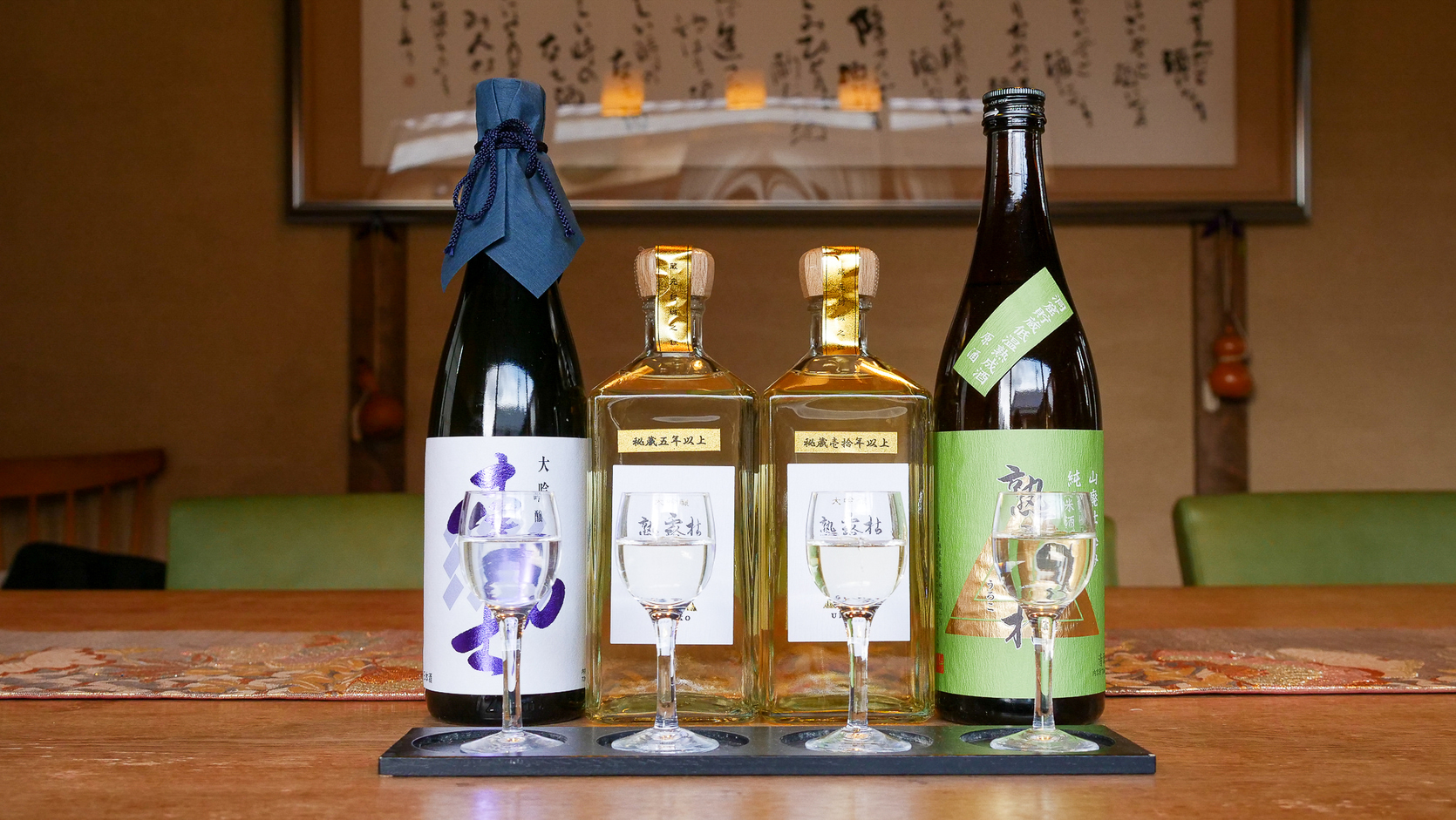
Shimazaki brewery sake tasting
So, my next stop was Shimazaki Brewery itself in the center of Nasukarasuyama. The classic kura building is a gorgeous setting to enjoy a drink. It’s also brighter, allowing you to admire the color. This is important because aged sake turns a beautiful gold as it evolves into something miraculous and rare.
I first sampled the non–aged Azumarikishi Daiginjo, which was mellow, smooth and elegant. At five years, it still retained its distinct ginjo fruitiness but was infused with complex honey notes. But the change between five years and 10 years was most dramatic. The sake had radically transformed into a new drink, bold and robust. Whiskey fans, I sense this might be a sake for you.
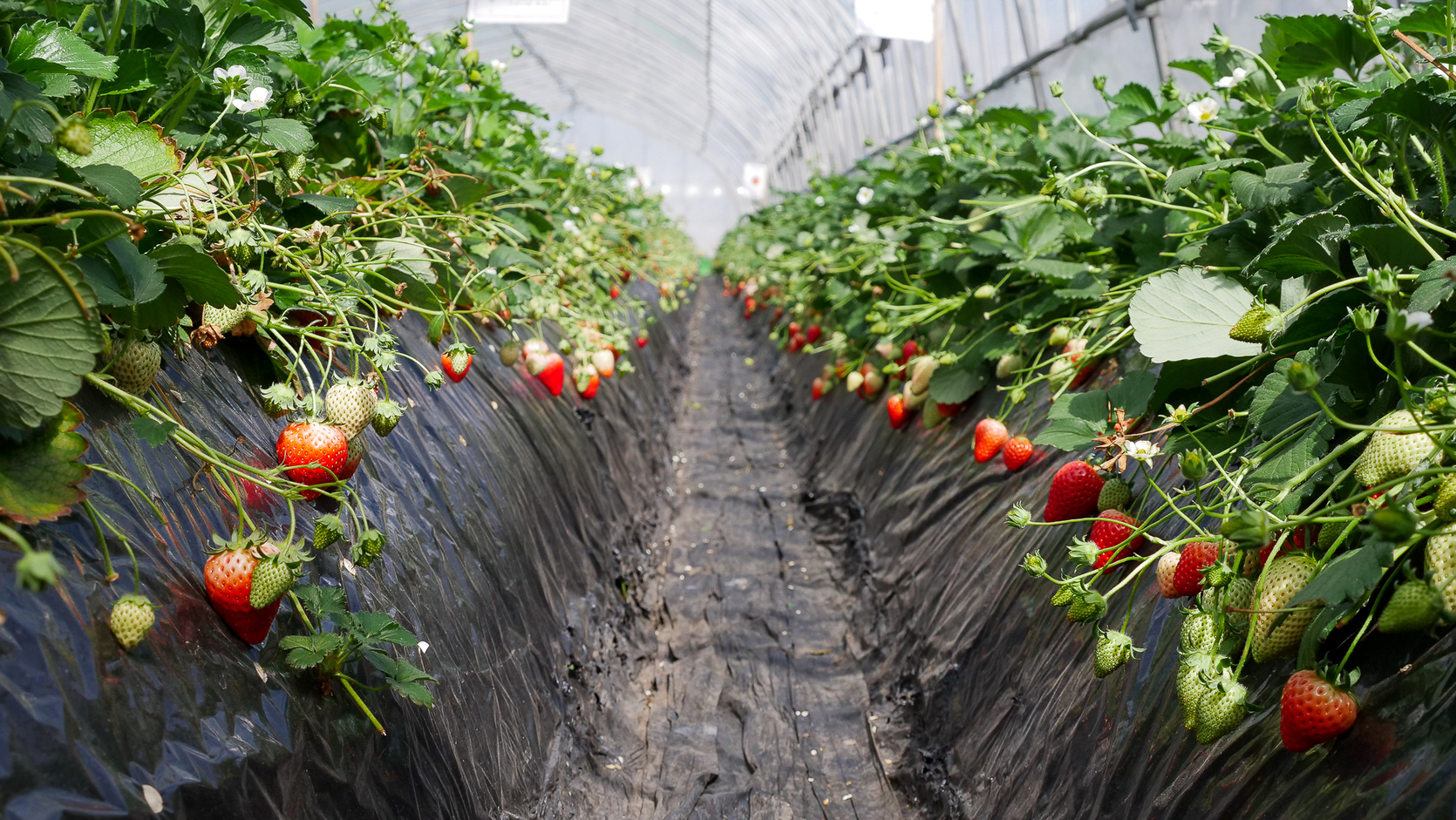
Yoshimura Strawberry Park
Mashiko: Gorgeous Strawberries and More Sake
As cool as caves are, it was time to track down some legendary Tochigi strawberries. And so that was how I found myself, bright and early on a Sunday morning, at Yoshimura Strawberry Park (a pick-your-own strawberry farm) in Mashiko with Shigeki Tonoike, president of Tonoike Sake Brewery and chairman of the Mashiko Tourism Association.
Mashiko is a small town that has built an international reputation for its pottery, with a huge pottery fair that has been held twice a year since 1966. What’s charming is how this identity is ever-present. Walk down the main street and pottery stores abound. Cafés and restaurants make full use of local wares, both for serving and decoration.
I was, however, holding a paper punnet at this pick-your-own strawberry farm. It had become apparent, that I would not get my sake pairing opportunity as you have to eat the strawberries on the spot. I cursed myself for not having developed a hip flask habit.
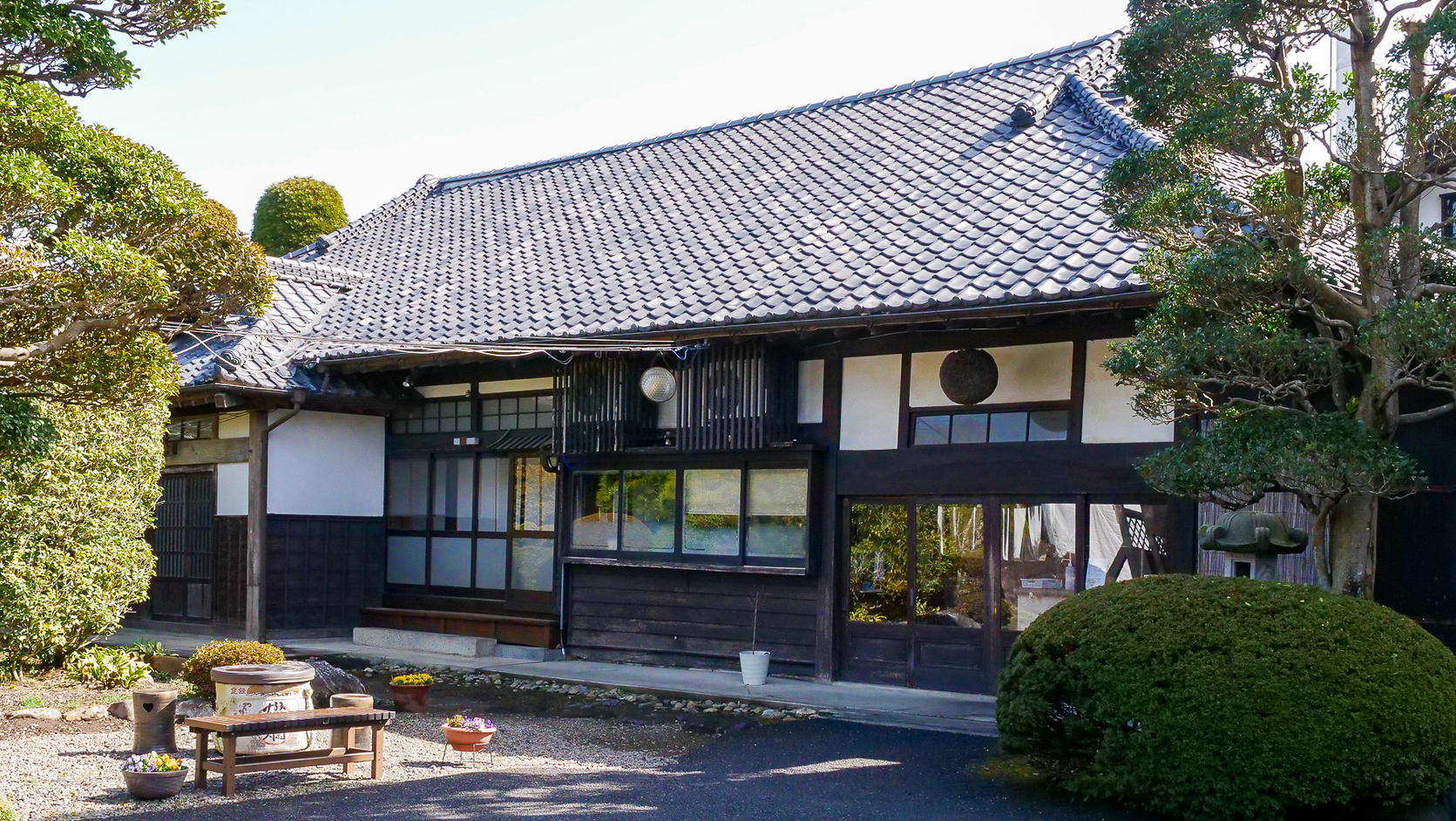
Tonoike sake brewery
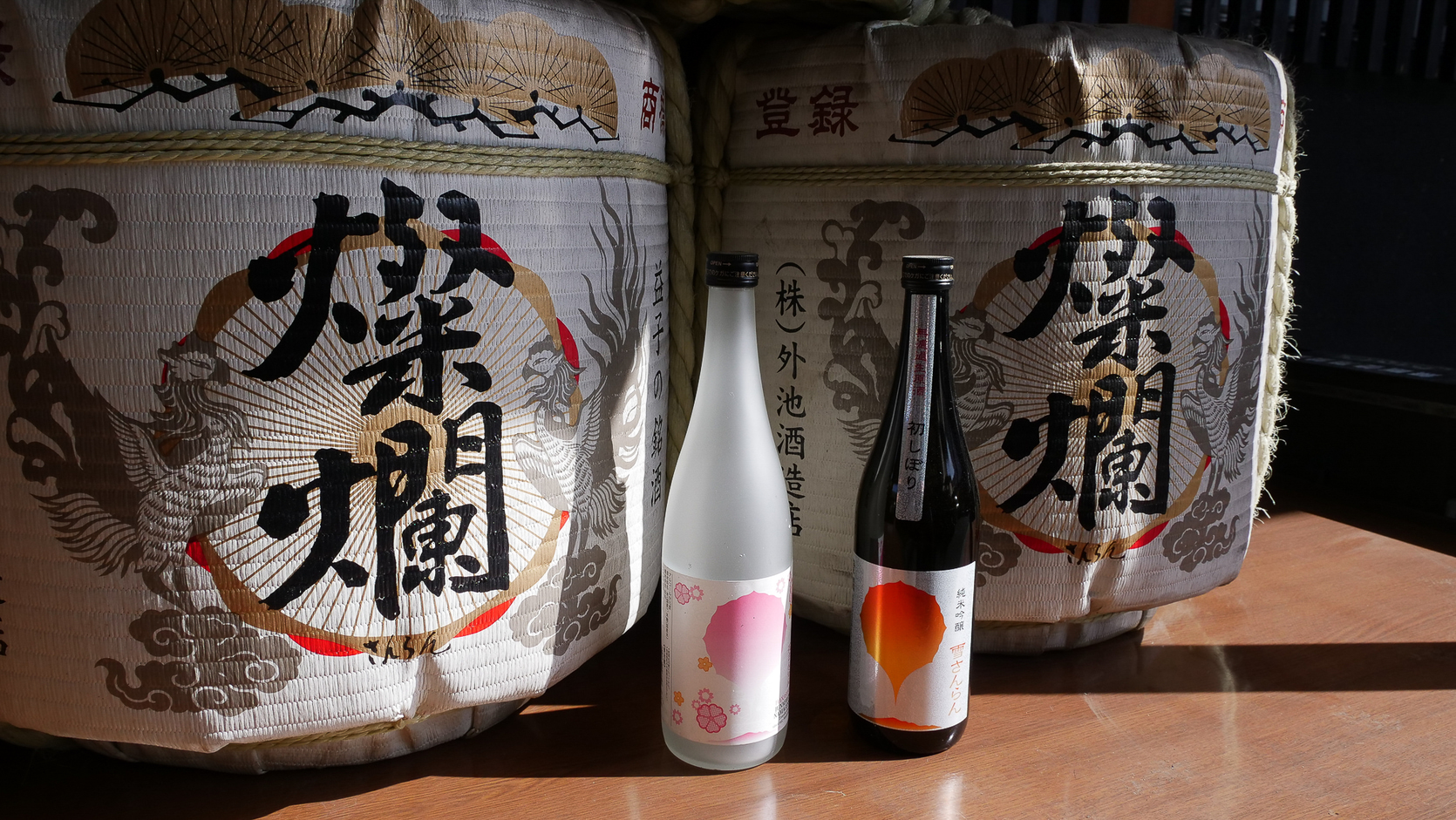
Tonoike sake brewery
The disappointment didn’t last long because back at Tonoike Sake Brewery, there were many gourmet joys awaiting. It’s the kind of brewery that showcases some of the things I love most in the sake world: a gorgeous brewery building, local culture and produce, creative new products and fun tastings.
And it’s a place that makes sake accessible and enjoyable for everyone – even non-drinkers. The brewery café offers a smooth amazake soft cream, sake lees castella (sakekasu-tera, a great pun if you’re a Japanese speaker) and coffee made with water used for sake brewing.
It was then time to pick a cup from the intricately designed selection of Mashiko ochoko sake cups that lined the wall. Choosing an elegant floral beauty, I worked my way through sampling Tonoike’s sake selection.
Many were award-winning and every single one was a delight. I was particularly impressed by the Sanran label for its clear, fresh and fruity sake. Even the yamahai (a style of sake that often produces strong acidity and umami) was gentle but full of character. The Junmai ginjo was smooth, with notes of pear and perhaps citrus, stronger acidity lingering on the finish, whereas the daiginjo had bolder notes of melon.

Tonoike sake brewery
“That daiginjo would go well with strawberries,” Tonoike told me, pondering whether to add it to the tasting set. It was an idea I fervently encouraged.
With so much creativity and variety on offer, I asked Tonoike what might be next. He told me he felt like trying something different, like making aged sake. “I have a very good friend who can advise me,” he said with a nod of appreciation to Shimazaki in Nasukarasuyama.
That left me wondering about the roughly 30 other sake breweries in Tochigi. There’s so much more to explore.
Forget the strawberries, Tochigi Prefecture and I still have unfinished business.
Read more Pheebz Eats adventures here.



